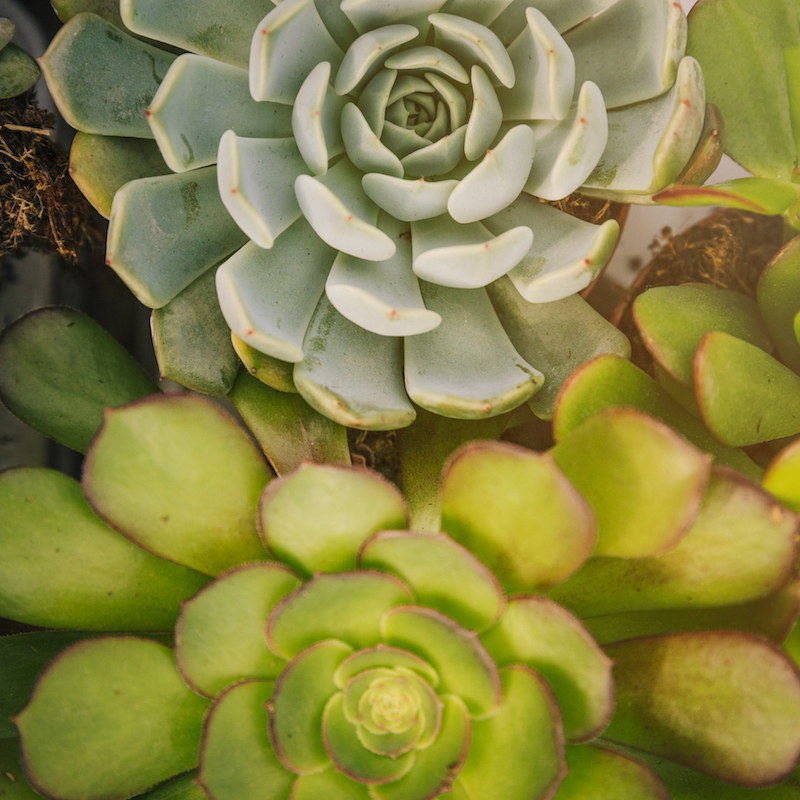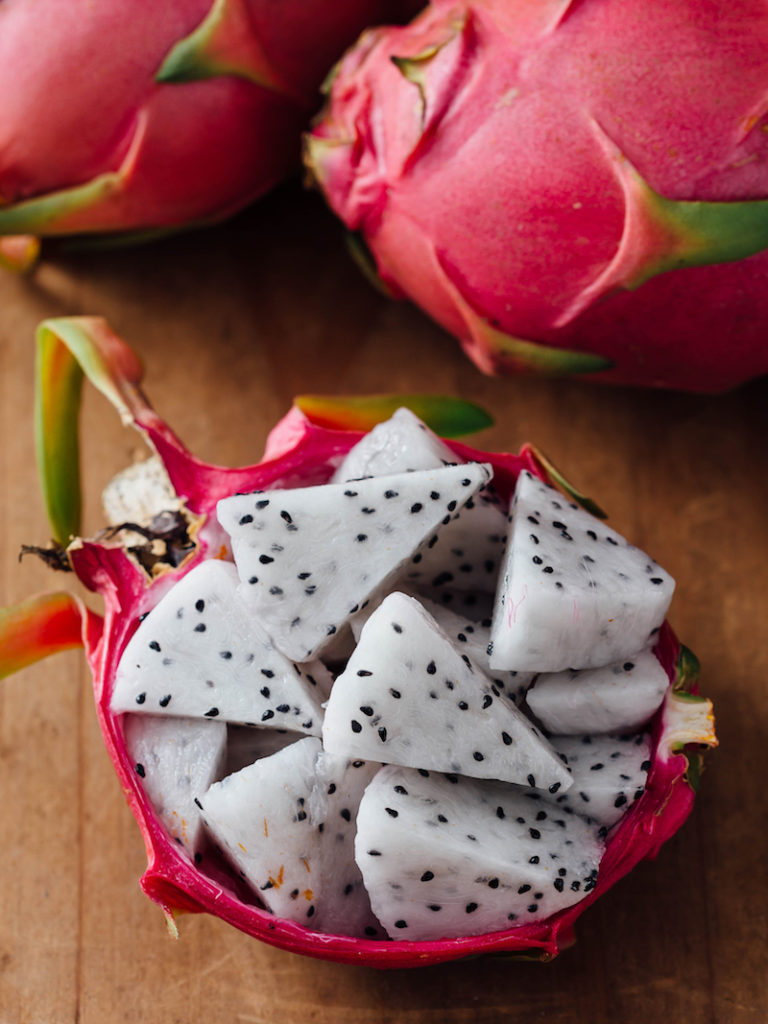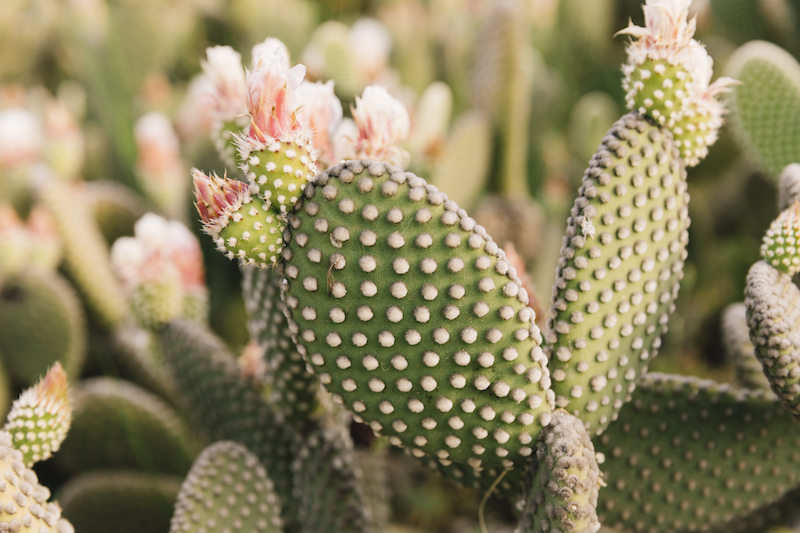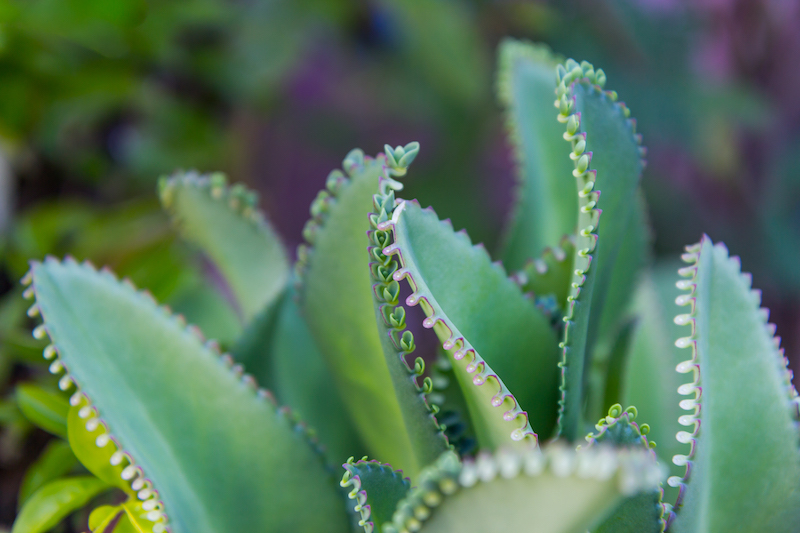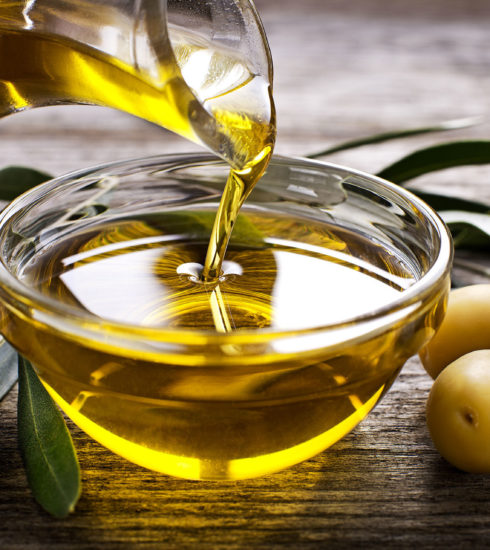The fascinating world of Succulents
Just hearing the name, one feels inspired to have a succulent garden at home. The perfect geometry in many of them replicates the Fibonacci spiral known as the golden ratio, which makes them so beautiful and harmonious.
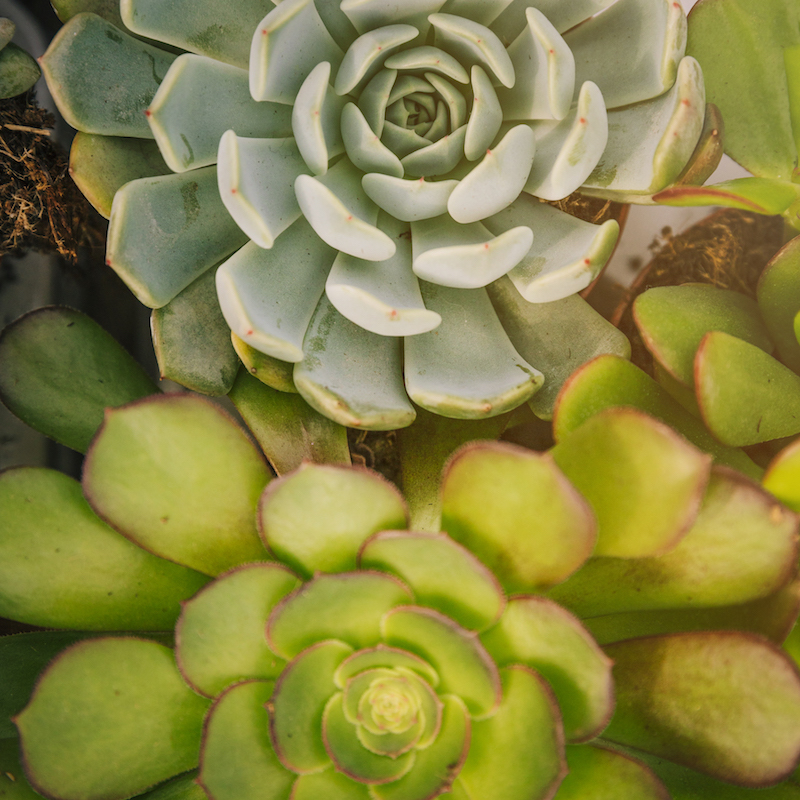
Many cultures consider succulents to hold a symbolism within: in the western world these plants represent endurance and timeless, as they are capable of withstanding the most adverse weather conditions. In Asia they are considered as a symbol of wealth and prosperity, and are often offered as a gift to bless a business or home to invoke abundance of money.
We share some interesting facts about these beautiful specimens from the plant kingdom, —that you may not know:
More than 10,000 species of succulents in the world
Contrary to what we might suppose, succulents are not a genus of plants. Their name is applied to any plant with the characteristic of having fleshy leaves that function as water reservoirs to resist droughts. They are often related to the genus Cactaceae, but not all succulents are cacti —only 2,000 of the + 10,000 species belong to that genus— yet, all cacti have the particularities of being a succulent.
Natural sunscreen
Epicuticular wax or farina, that thin, dust-like layer that covers the leaves of some succulents, protects them from the sun and dehydration. It is important that you be careful not to remove this thin protective film, as it takes a long time for it to form again.
More than one single use
Although they are beautiful ornamental plants, succulents offer a wide range of benefits and uses. To give a couple of examples: Aloe leaves are used in skin care and beauty products, as well as an aid in the treatment of skin burns. The agave (Agave tequilana) is the precious source for the quintessential Mexican distillate, tequila, as well as fibers that are used in the textile industry (Agave sisalana).
Some succulents are even edible as well as their fruits. Among the most common we find nopales (Opuntia ficus-indica) and its juicy prickly pears; the pitahaya (Selenicereus megalanthus); and kalanchoe (Kalanchoe integra), which is said to prevent cancer.
A rainbow of shades
Although the green color is the most common, you can find an array of hues in succulents. We share some of the most common, for your collection of multi-colored succulents:
Red: Sticks on fire (Euphorbia tirucalli) / Lipstick (Echeveria agavoides) / Desert cabbage (Kalanchoe luciae)
Yellow: Coppertone stonecrop (Sedum nussbaumerianum)
Blue: Blue chalksticks (Senecio serpens) / Blue Spruce (Sedum reflexum) / Blue Glow (Agave attenuata and Agave ocahui)
Purple: Perle von Nürnberg (Echeveria gibbiflora and Echeveria elegans) / Purple heart (Tradescantia pallida) / Purple beauty (Sempervivum tectorum)
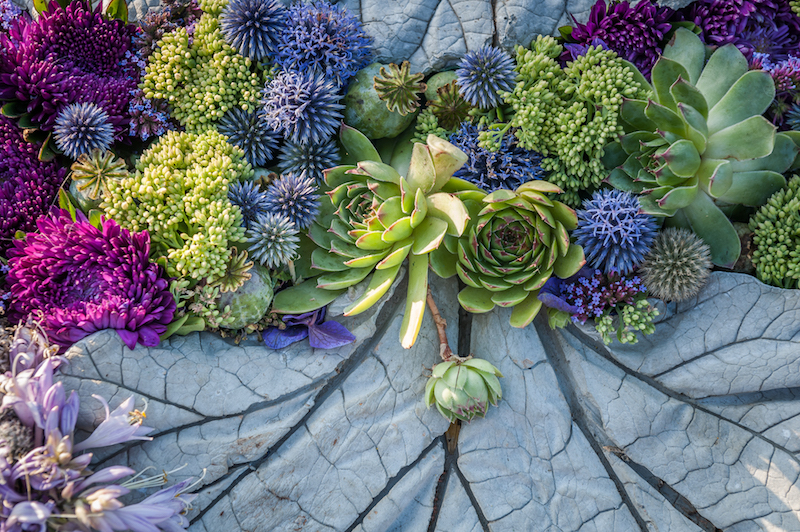
Have you got a succulent garden at home? We’d love to see pictures of your masterwork: share on social media using the hashtag #DreamingTogether.





